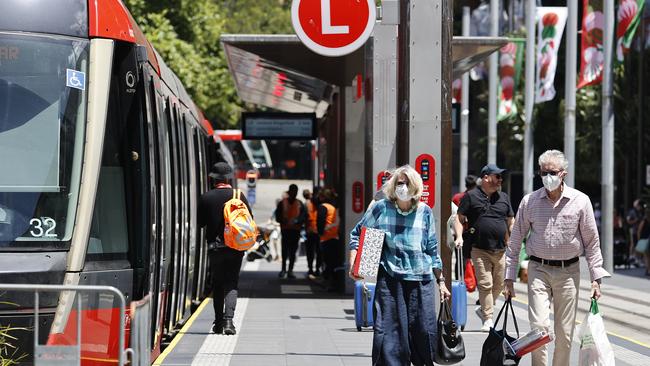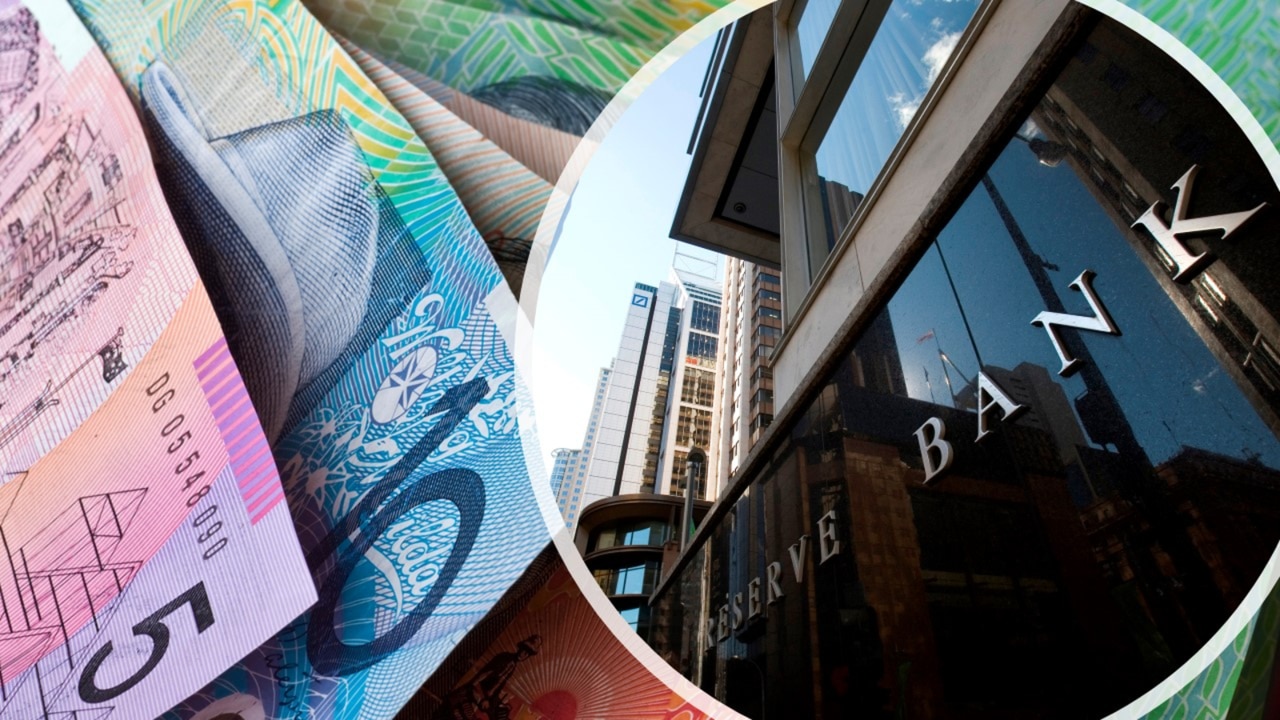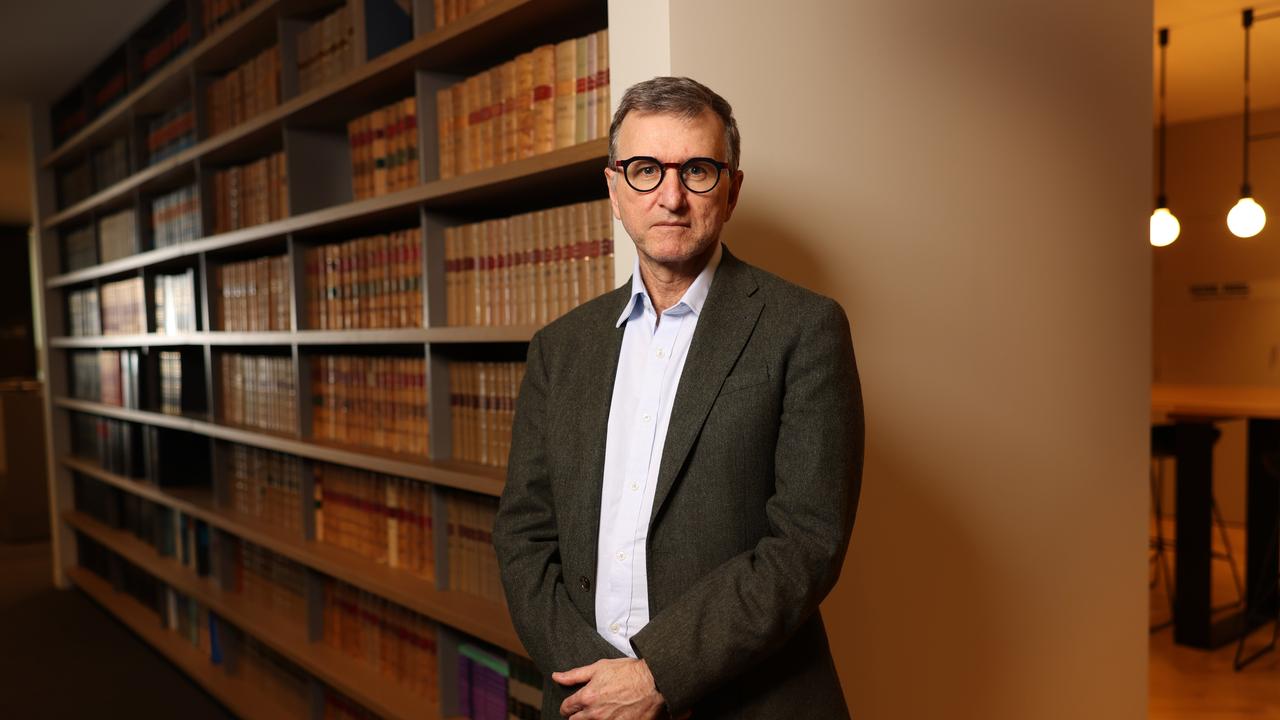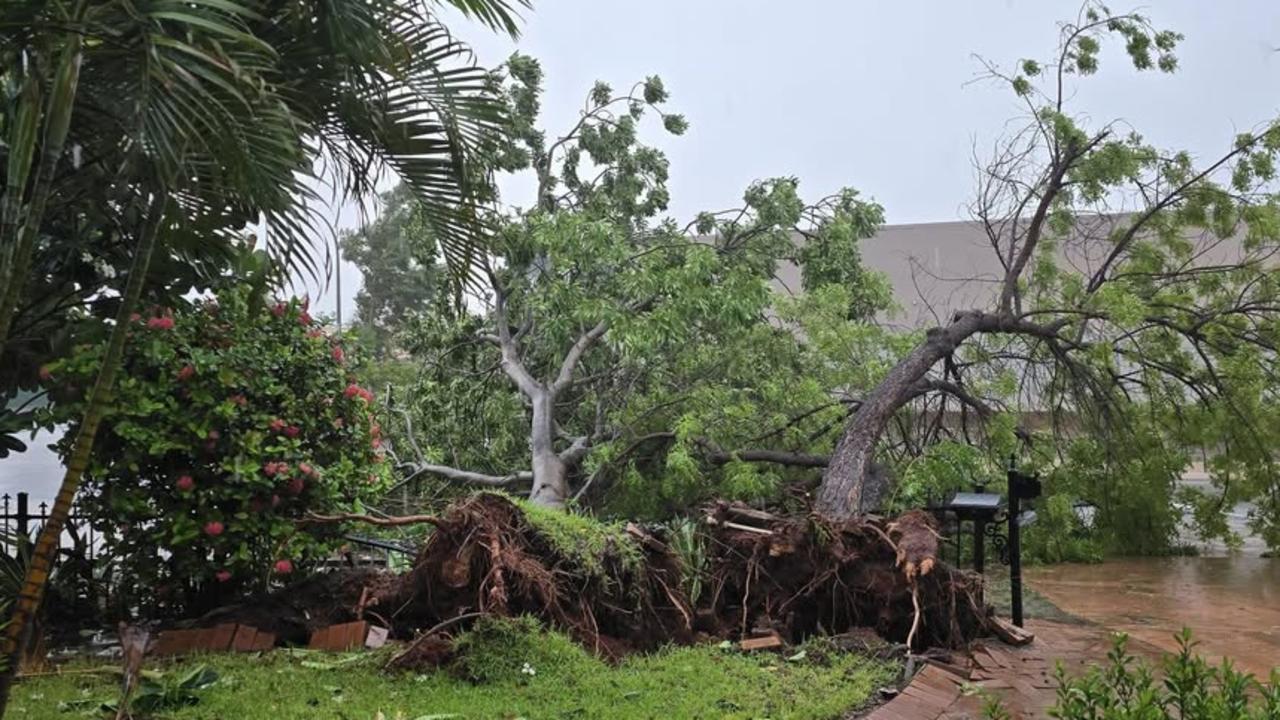Triple twist in new rate rise threat
High inflation could force the RBA to deliver three additional rate hikes and risk recession after surging holiday and electricity prices pushed it to its highest level in 30 years.

Stubbornly high inflation could force the Reserve Bank to deliver an additional three rate hikes and risk recession, after surging holiday and electricity prices drove inflation to its highest level in more than 30 years.
Consumer price growth lifted to 7.8 per cent in the year to December, up from 7.3 per cent in September. The stronger-than-anticipated acceleration in annual inflation was driven by a near 9 per cent jump in household power bills and a 13 per cent leap in domestic travel and accommodation.
As Jim Chalmers declared inflation remained “unacceptably high”, the Australian dollar jumped to a five-month high of above US71 cents and investors dumped stocks as financial markets dramatically increased the probability of a cash rate increase next month to 90 per cent, from 60 per cent leading into Wednesday‘s official consumer price report.
CBA head of Australian economics Gareth Aird said Wednesday’s data was the “smoking gun” for a ninth straight rate hike to 3.35 per cent on February 7, while Citi chief economist Josh Williamson said “stubbornly high inflation” would likely require rates to reach 3.85 per cent by April.
As indebted homeowners face the prospect of ever higher mortgage repayments, the Treasurer could not rule out the possibility that the increase in household power bills would accelerate further in early 2023.
But he said families feeling the pinch of soaring power costs on top of higher mortgage repayments would have to wait after the May budget for the promised $1.5bn assistance on energy bills.

Dr Chalmers said he had been working with his state and territory counterparts to finalise the energy relief package.
“Obviously when energy prices (are) such a big part of our inflation challenge, that’s been our main priority,” he said.
“This involves a lot of negotiation with each of the states and territories, bilaterally. And so that takes a bit of time. I would expect that that electricity bill relief is a key feature of my budget and flows not too much longer after that. And when it does, it will make a meaningful difference.”
Outside of the introduction of the GST at the start of the century, consumer prices grew at their fastest pace since 1990, when inflation peaked at 8.7 per cent, according to ABS data.
But Dr Chalmers said “unacceptably high” inflation was in line with October budget forecasts, and that he remained confident that consumer price growth was still expected to moderate through this year.
The central bank predicted headline inflation would peak at 8 per cent in December. But the RBA’s preferred measure of underlying inflation – which removes the most volatile items – jumped from 6.1 per cent to 6.9 per cent, well higher than its prediction of 6.5 per cent.
As analysts said further rate rises were now a virtual certainty, Mr Williamson said he expected consumer price growth to stay higher for longer, and lifted his 2023 year-end forecast from 4 per cent to 5.4 per cent.

Mr Williamson said the central bank’s preferred measure of underlying inflation which removes more volatile prices would still be at 5 per cent in a year’s time – or twice the midpoint of the 2-3 per cent target range.
“This implies that the RBA cannot pause its hiking cycle in February,” he said, and predicted a further two increases to 3.85 per cent in March and April.
“We see risks tilted towards a (half a percentage point) hike in February if the bank’s liaison feedback suggest that a prices-wage spiral is emerging.”
Following warnings from economists over recent days that further rate increases risked tipping the economy into recession, Australian Chamber of Commerce and Industry chief executive Andrew McKellar said there was already evidence that business conditions had deteriorated.
“Interest rates are a very blunt instrument,” he said. “We would say (to the RBA), ‘proceed with caution’. If we have to rely on further interest rate increases, then we don’t want to see that squeezing the life out of the economy. It will end up costing jobs.”
Mr McKellar said fiscal and monetary policy needed to be pulling in the same direction.
“The government in its budget will have to take some tough decisions,” he said. “The focus has got to be on the expenditure side of the budget. We can’t have a situation where they are contemplating new taxes or tax increases.”

With spending on recreation and culture driving the unexpectedly strong quarterly increase in the CPI, ABS head of prices statistics Michelle Marquardt said “strong demand, particularly over the Christmas holiday period, contributed to price rises for domestic holiday travel and international airfares”.
There was some good news in the ABS data for home builders, with the growth in the price of new construction easing to 1.7 per cent in the December quarter, from 3.7 per cent in September and 5.6 per cent in June. But building or renovating a new home still cost 19 per cent more than a year earlier.
Fruit and vegetable prices fell more than 7 per cent in the quarter, but were up by more than 8 per cent through 2022.

Grocery shoppers had little relief elsewhere, with double digit annual increases for key supermarket goods, confirming an ongoing cost of living crunch.
Bread and cereals prices climbed by 3.4 per cent to be up more than 12 per cent in annual terms, dairy goods were up 4 per cent in the three months and 12 per cent in the year, and non-durable items climbed at a quarterly rate of 2.3 per cent, and at an annual pace of 12 per cent.
Petrol prices increased by a little over 2 per cent in the three months to December, but 13 per cent more than at the end of 2021.
Rents lifted by 1.2 per cent in the quarter to reach 4 per cent in the year, the highest since 2012, and economists predicted rental inflation would continue to climb.







